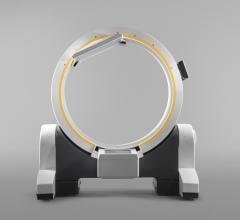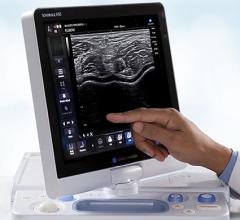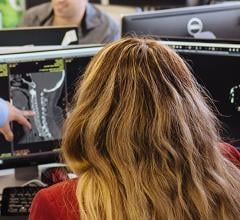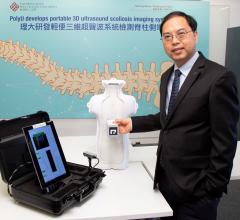February 5, 2008 - New polymer material designed to stop bone bleeding in surgery reduces the risk of surgical infection, according to a new animal study to be published in the Feb. 2008 issue of Clinical Orthopaedics and Related Research (CORR).
The study has implications for lowering the risk of hospital-acquired infections, including MRSA.
Researchers from the Medical University of South Carolina at Charleston and Keck School of Medicine at the University of Southern California in Los Angeles compared newly available polymer, Ostene, with bone wax, traditionally used to stop bone bleeding in surgically cut bone surfaces. The scientists looked at the two materials� effect on bone infection in the presence of Staphylococcus Aureus, similar to the organism that is responsible for MRSA. The results showed that, when exposed to bacteria, the bones treated with Ostene were four times less likely to get infected than the bones treated with bone wax, 100 percent of which developed infection. The study also showed that the bones treated with Ostene healed normally, while the presence of bone wax inhibited bone growth.
Bone wax, a beeswax-based product, is the least expensive and most commonly used bone hemostasis material despite its well-documented side effects: Numerous studies indicate that bone wax interferes with the body�s ability to clear bacteria and increases the risk of hospital-acquired infections. It is also known to inhibit bone growth and bone healing after surgery.
Ostene offers an alternative that does not increase the risk to patient, according to Ceremed. Its use in place of bone wax may help reduce serious post-operative complications, including sternal wound infection and the separation of the sternum. The material is used in cardiac, orthopedic, oral, and neurosurgery. Other applications under development include the use of Ostene as a safe, soluble delivery vehicle for a variety of therapeutic agents, from antibiotics to bone growth factors. Ostene is authorized for sale both in the U.S. and the European market.
For more information: www.ceremed.com


 April 28, 2020
April 28, 2020 








